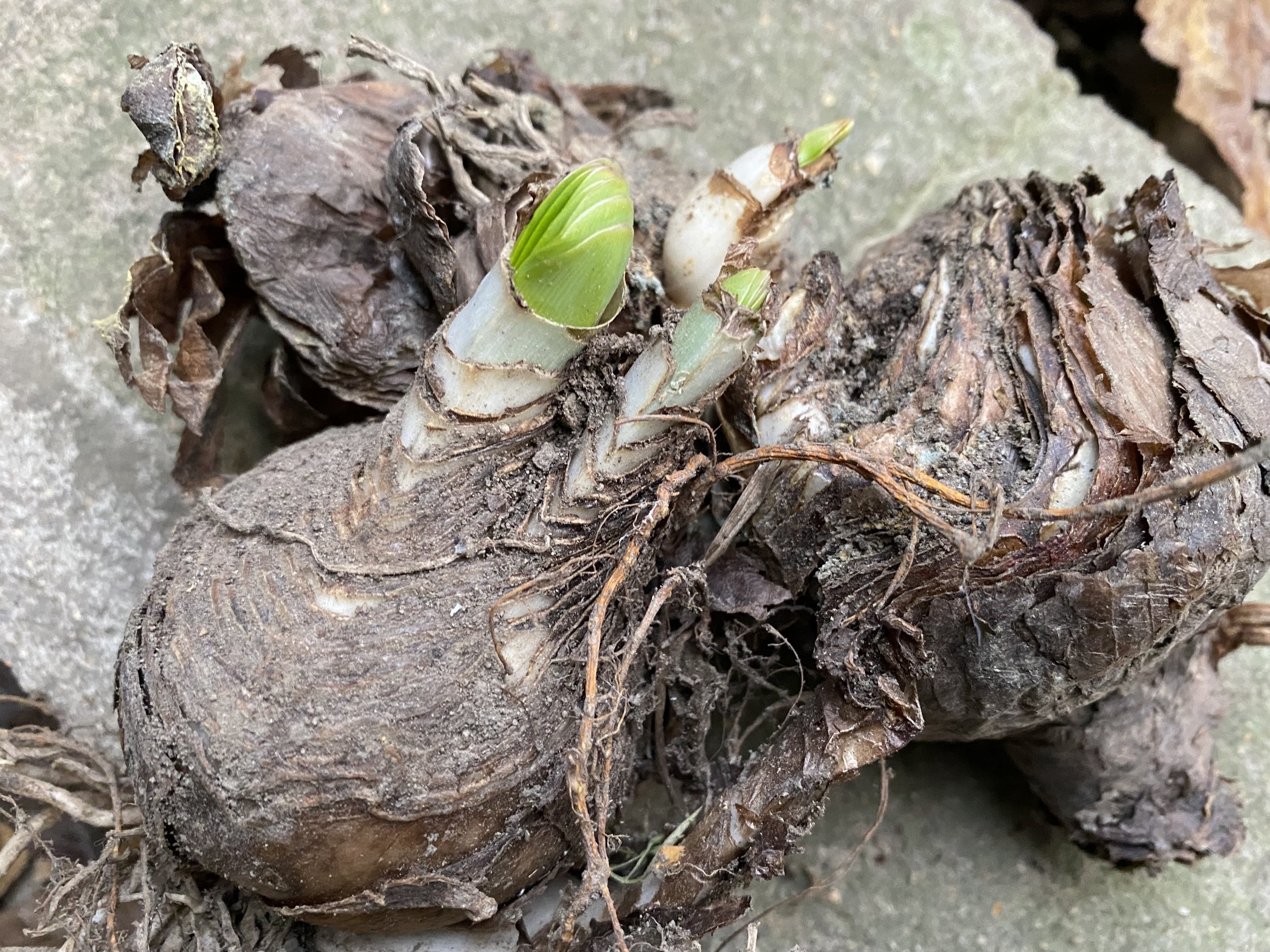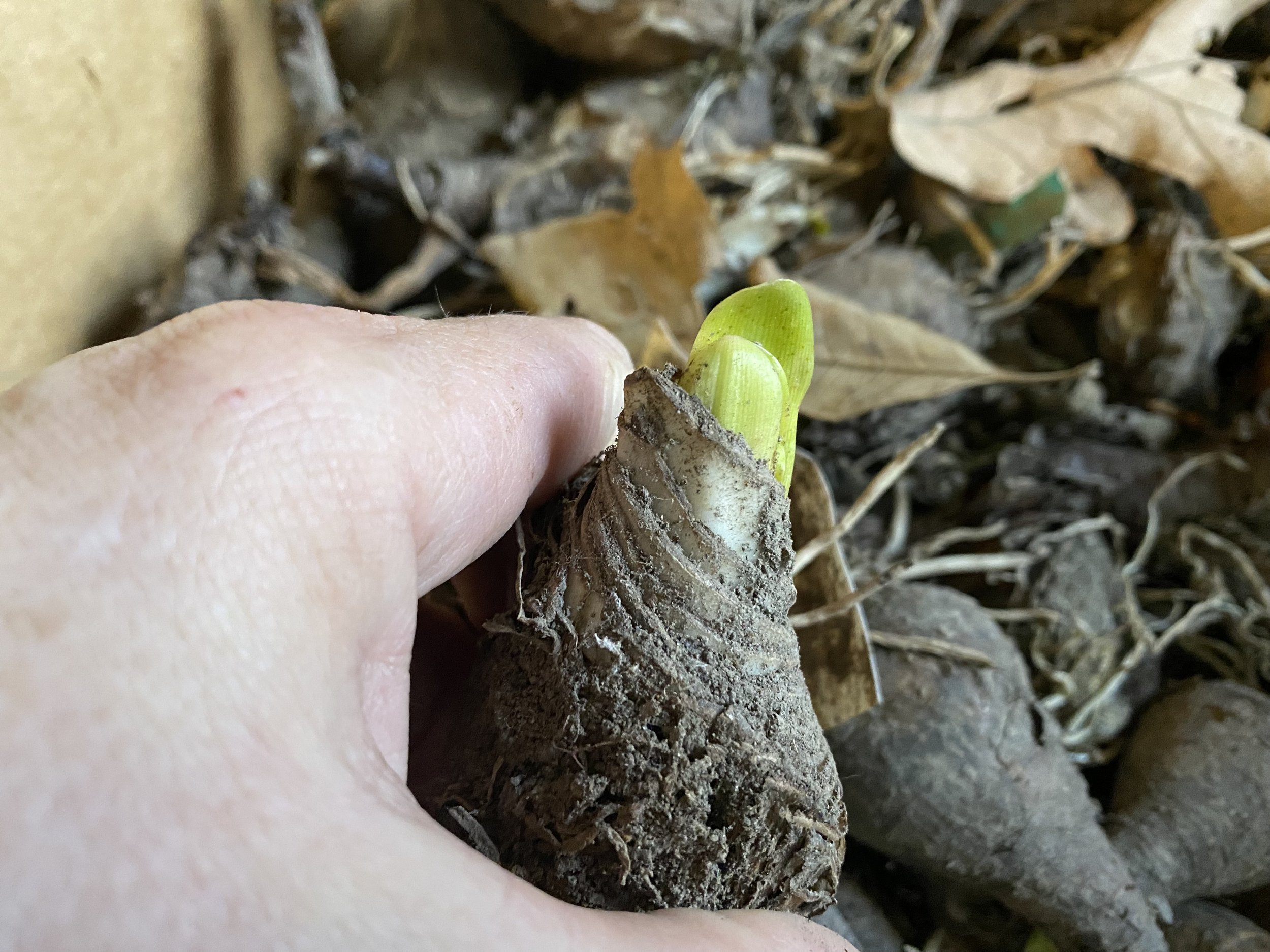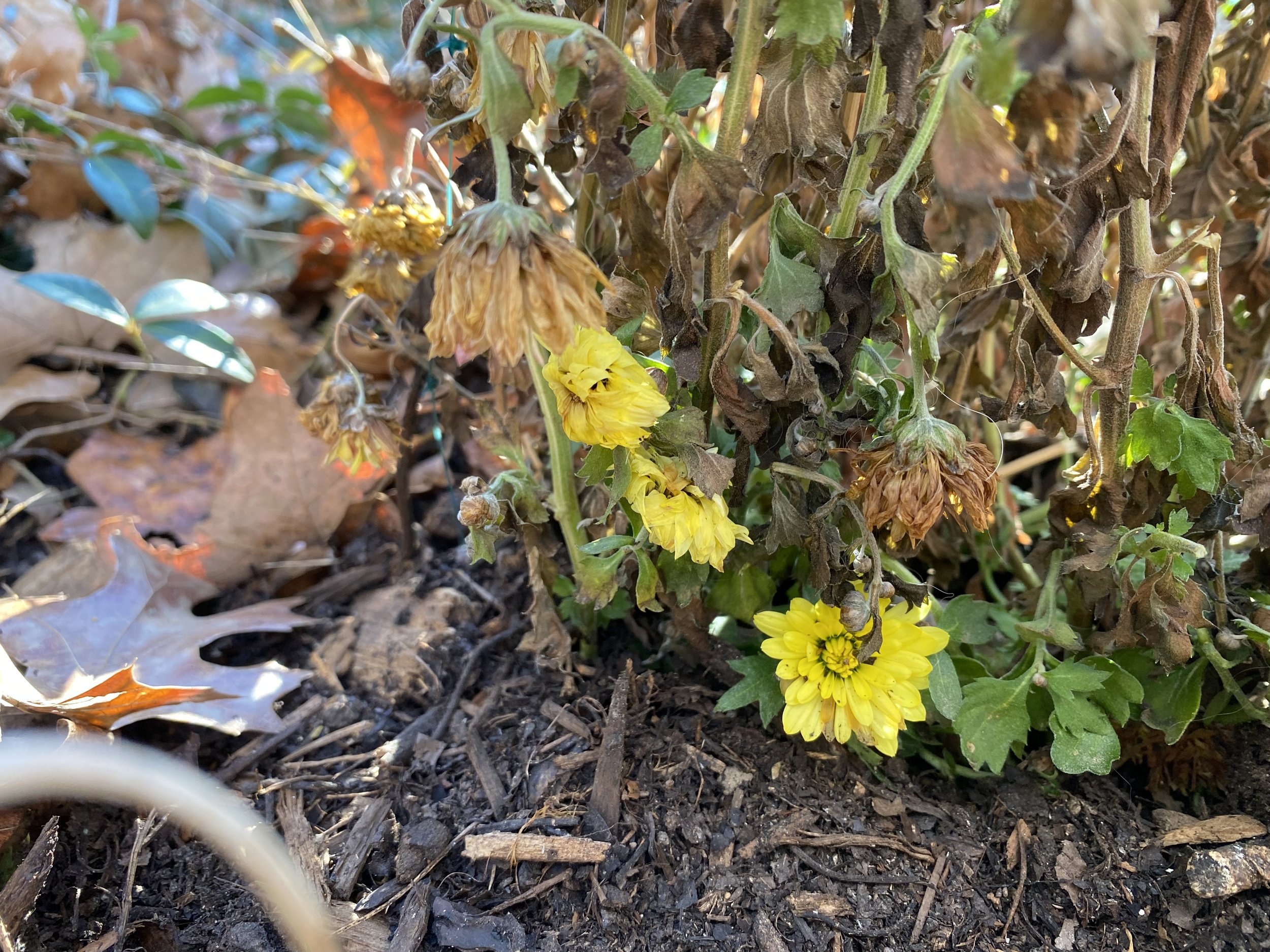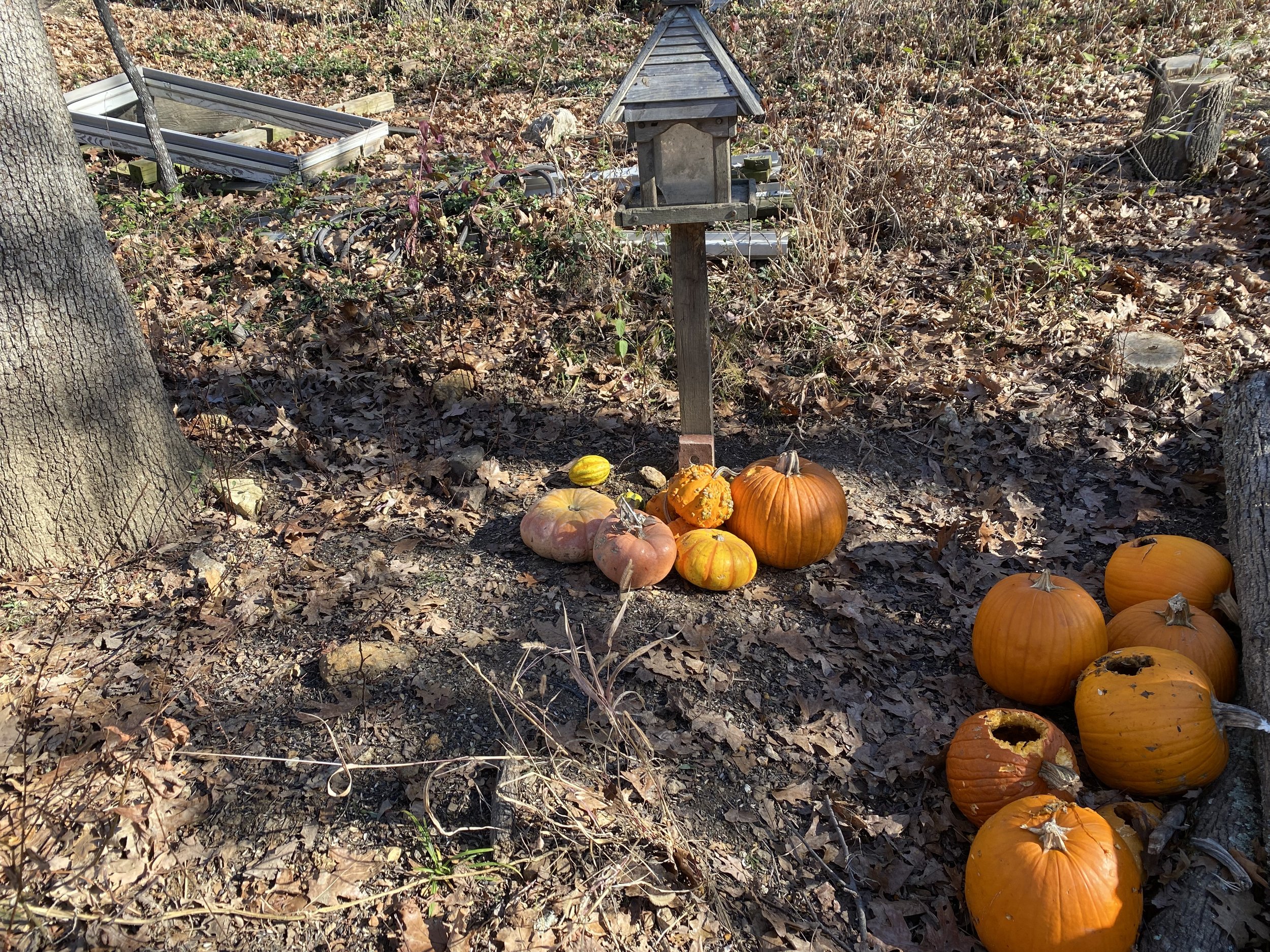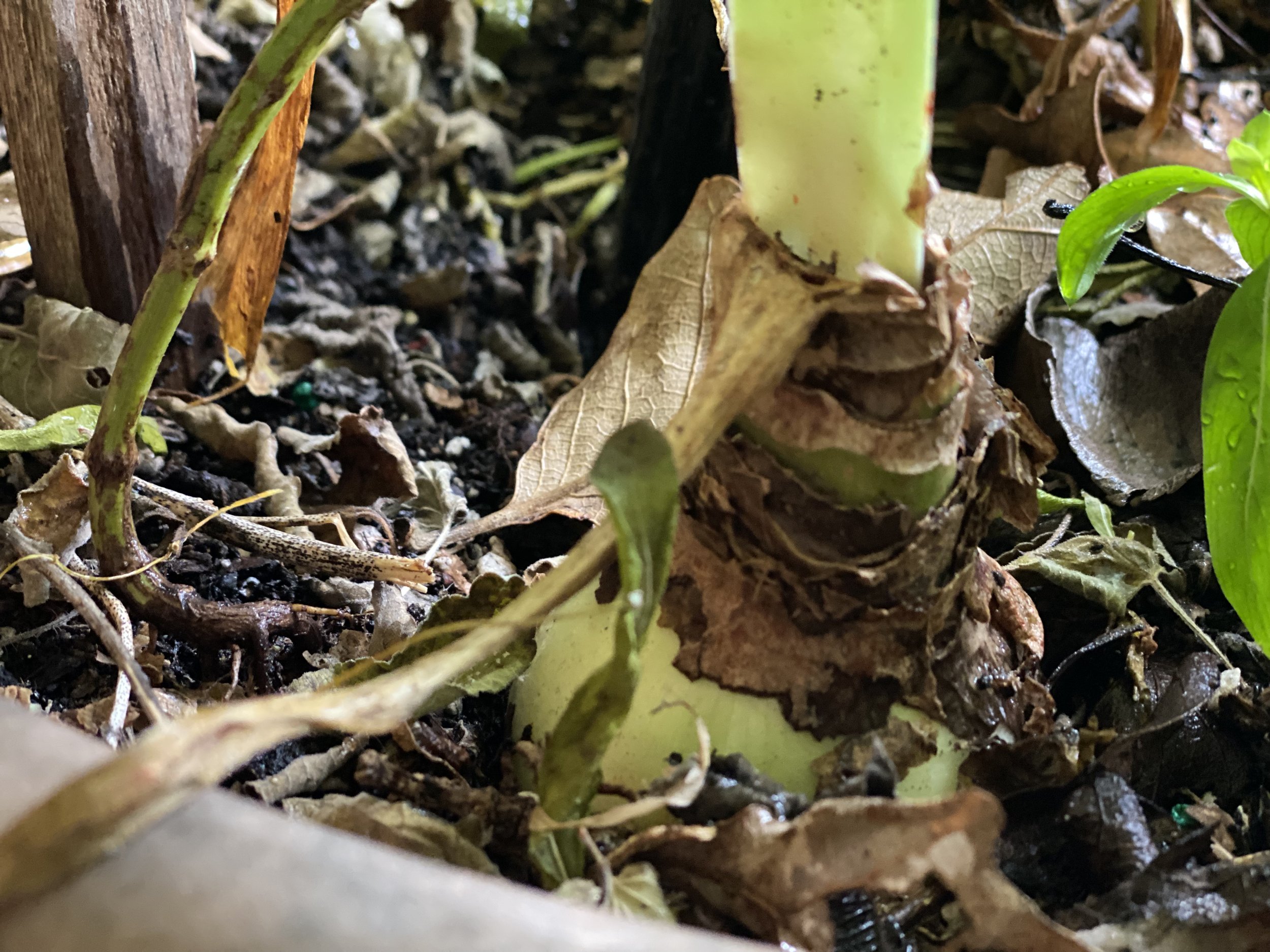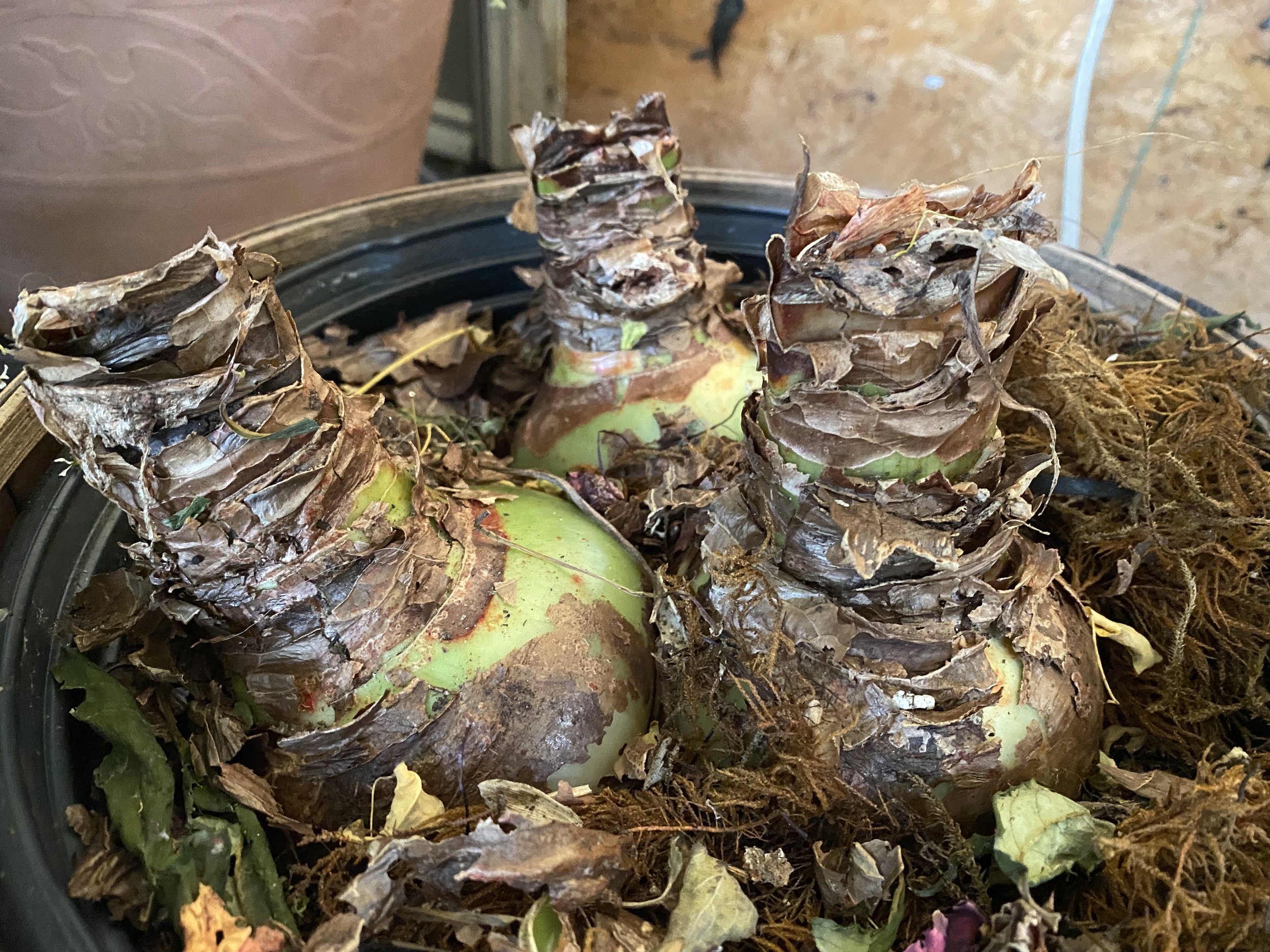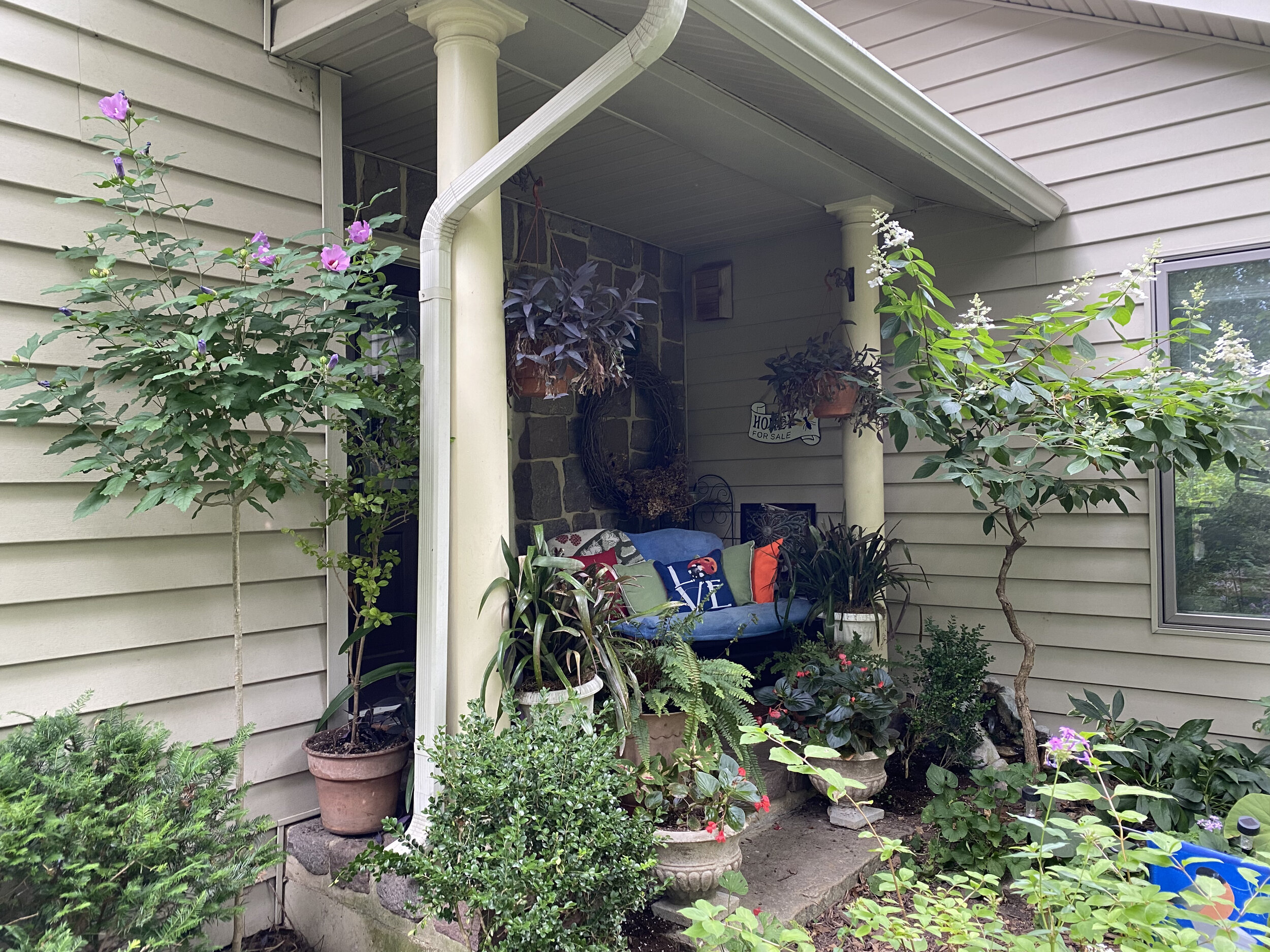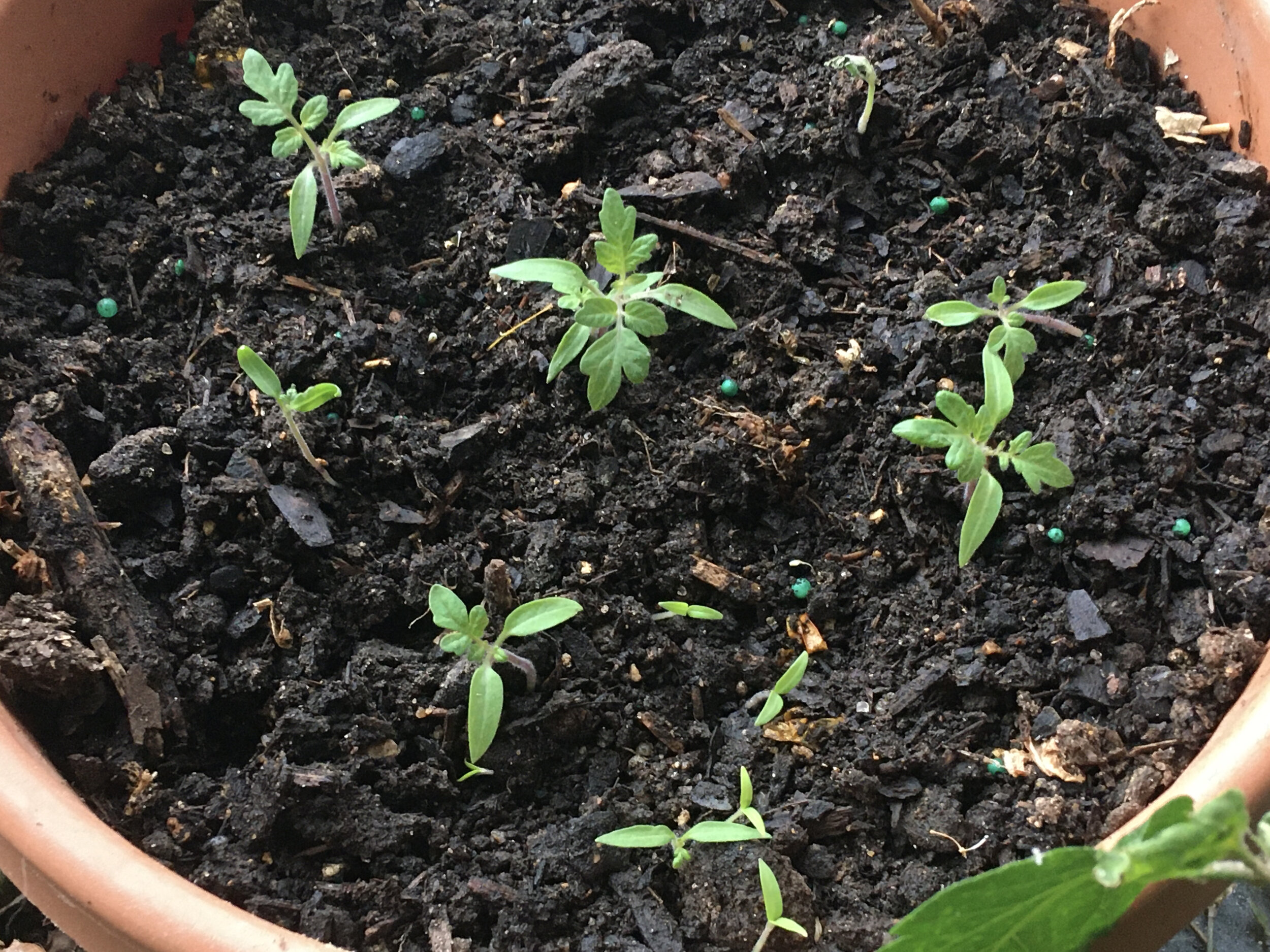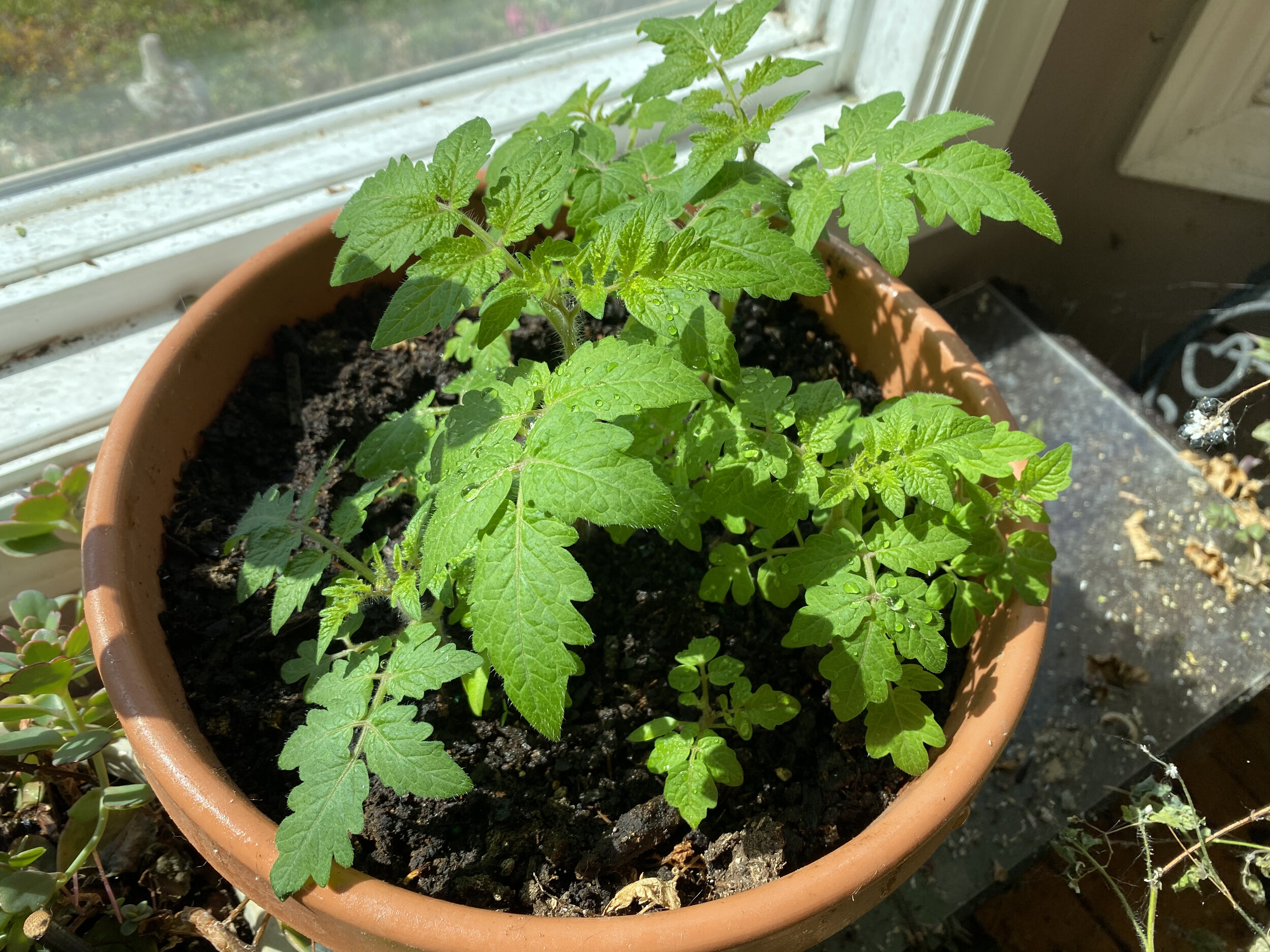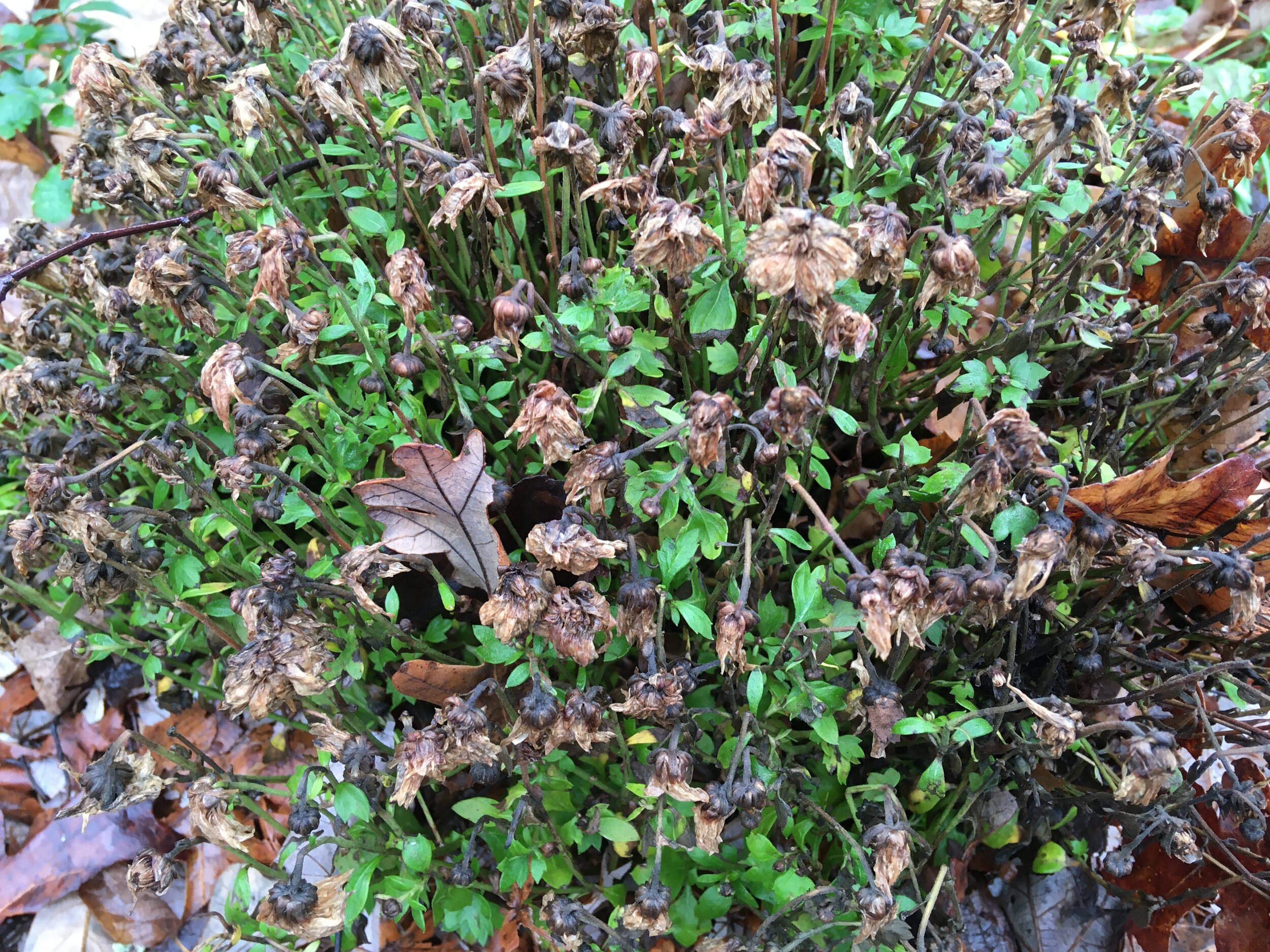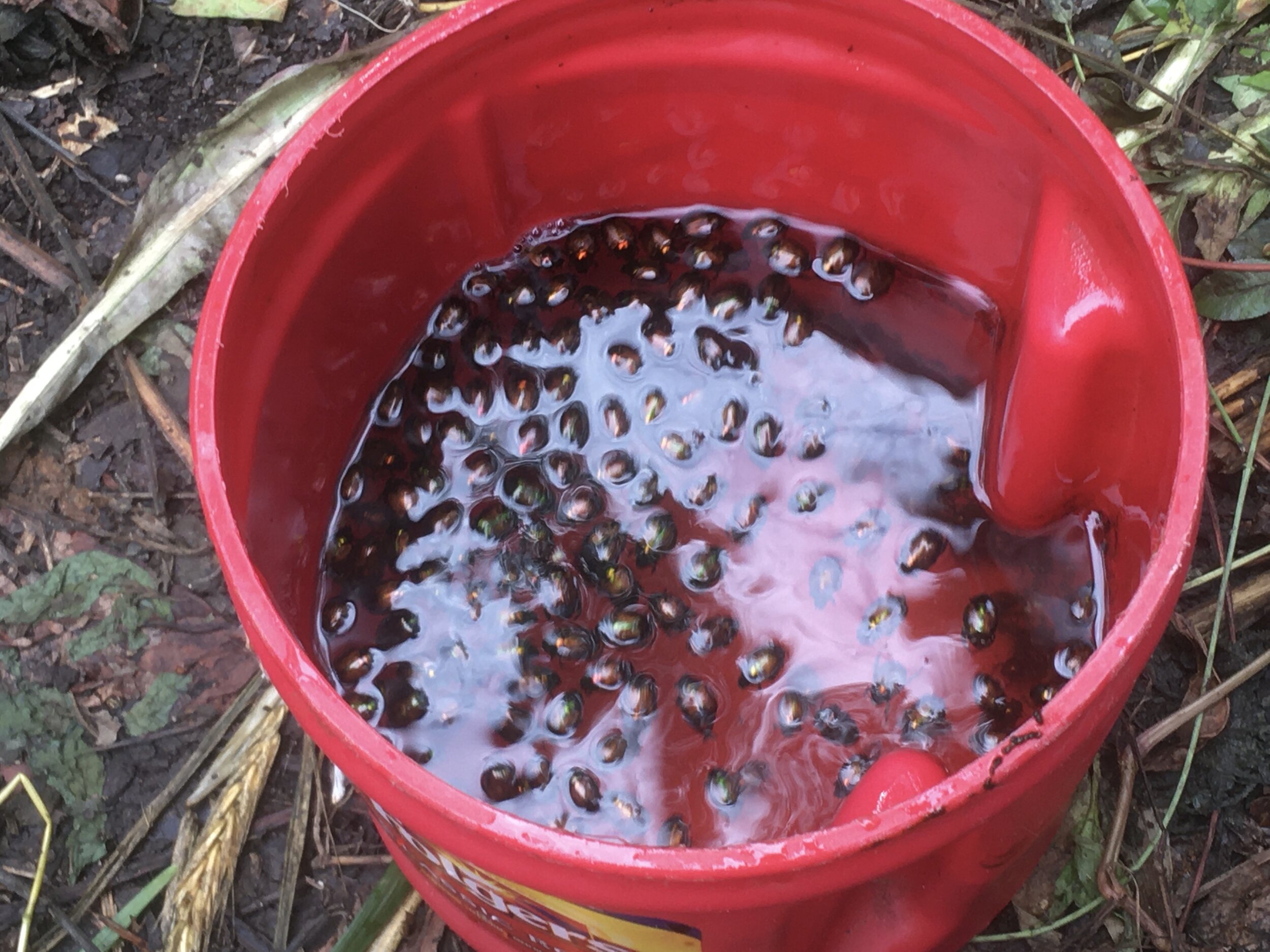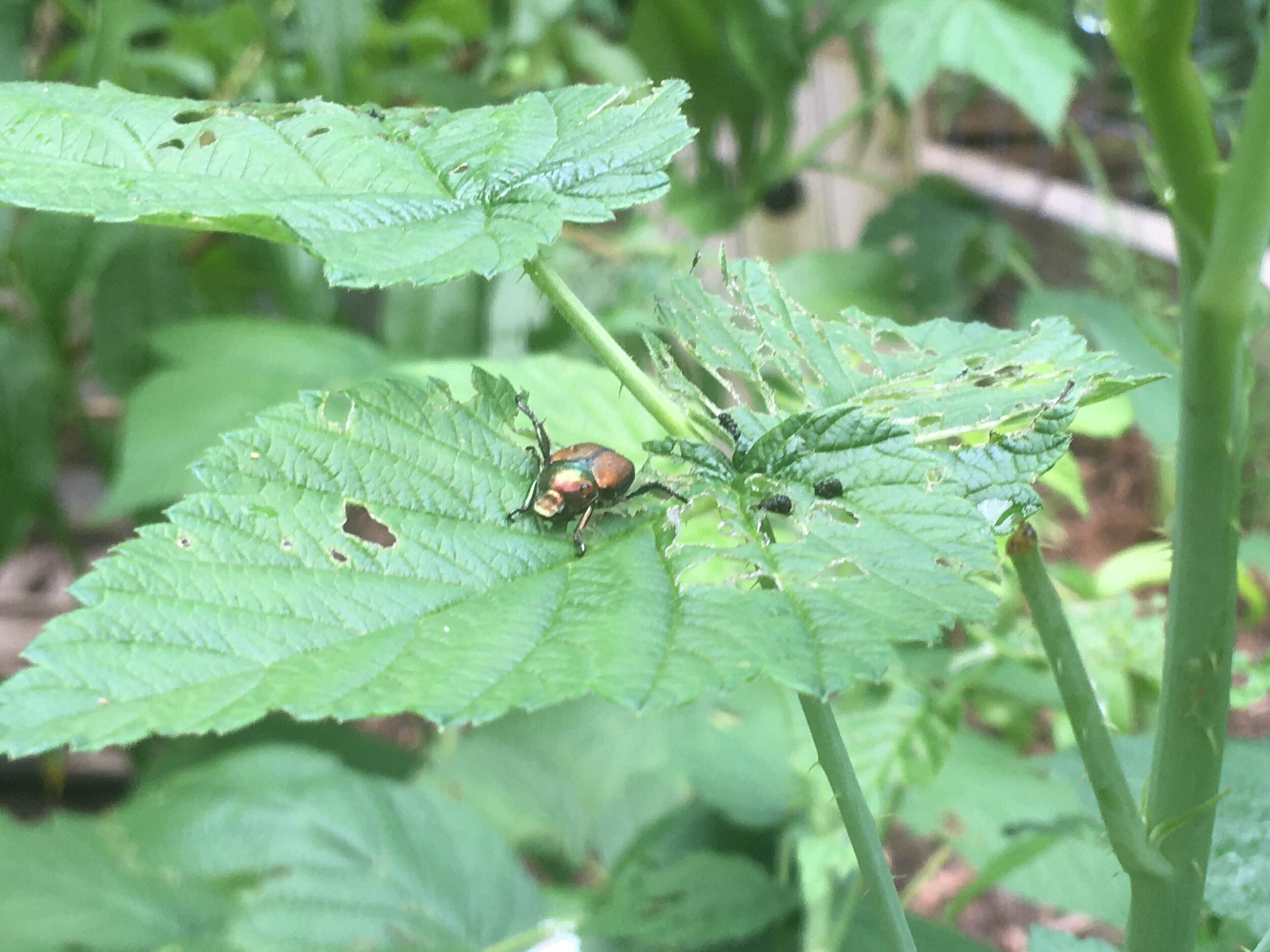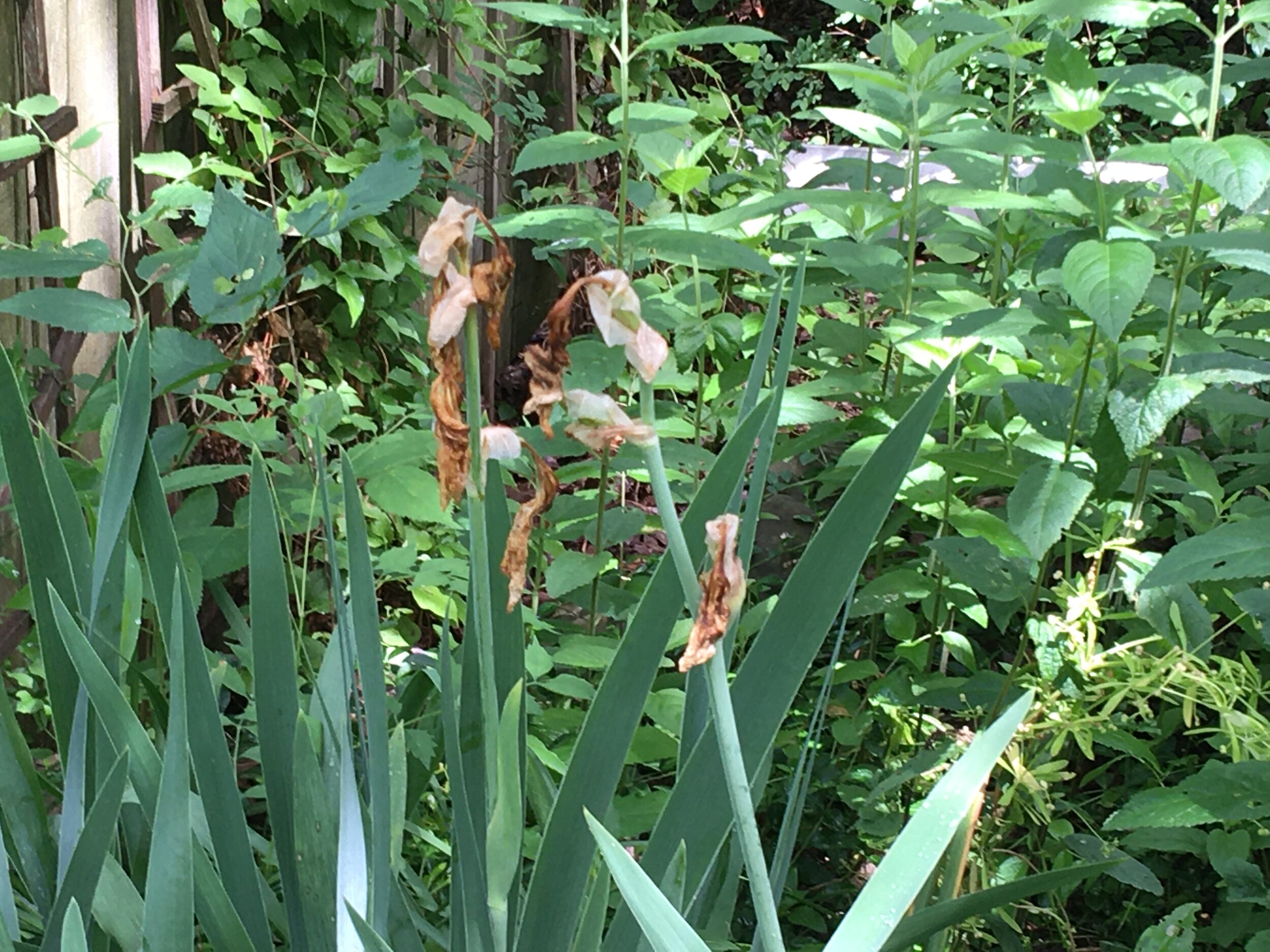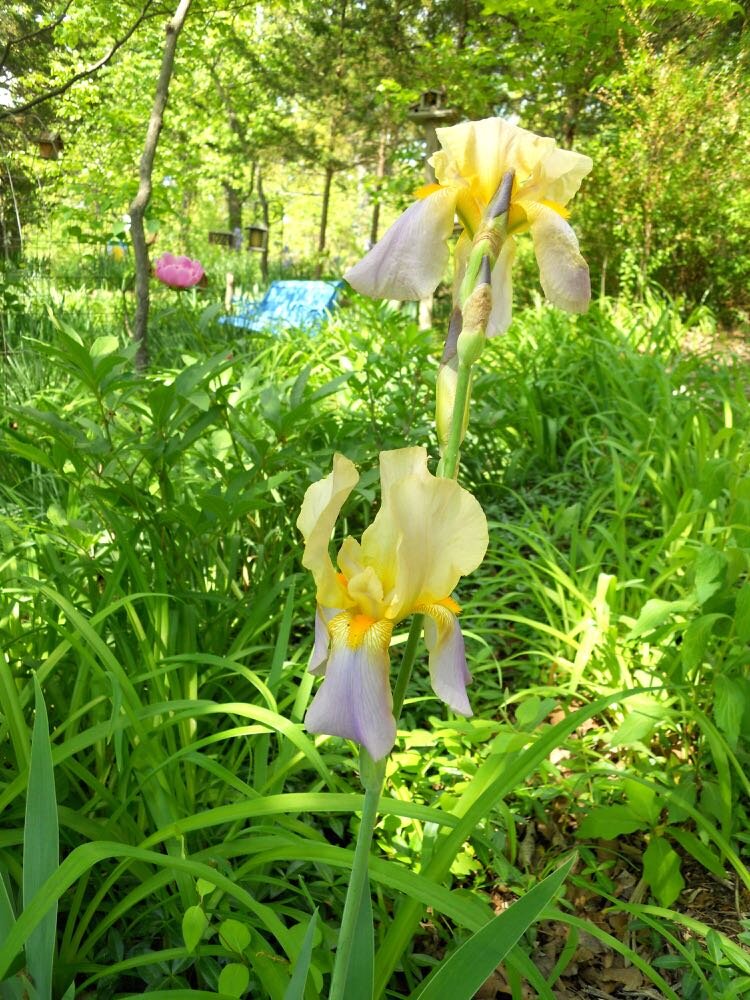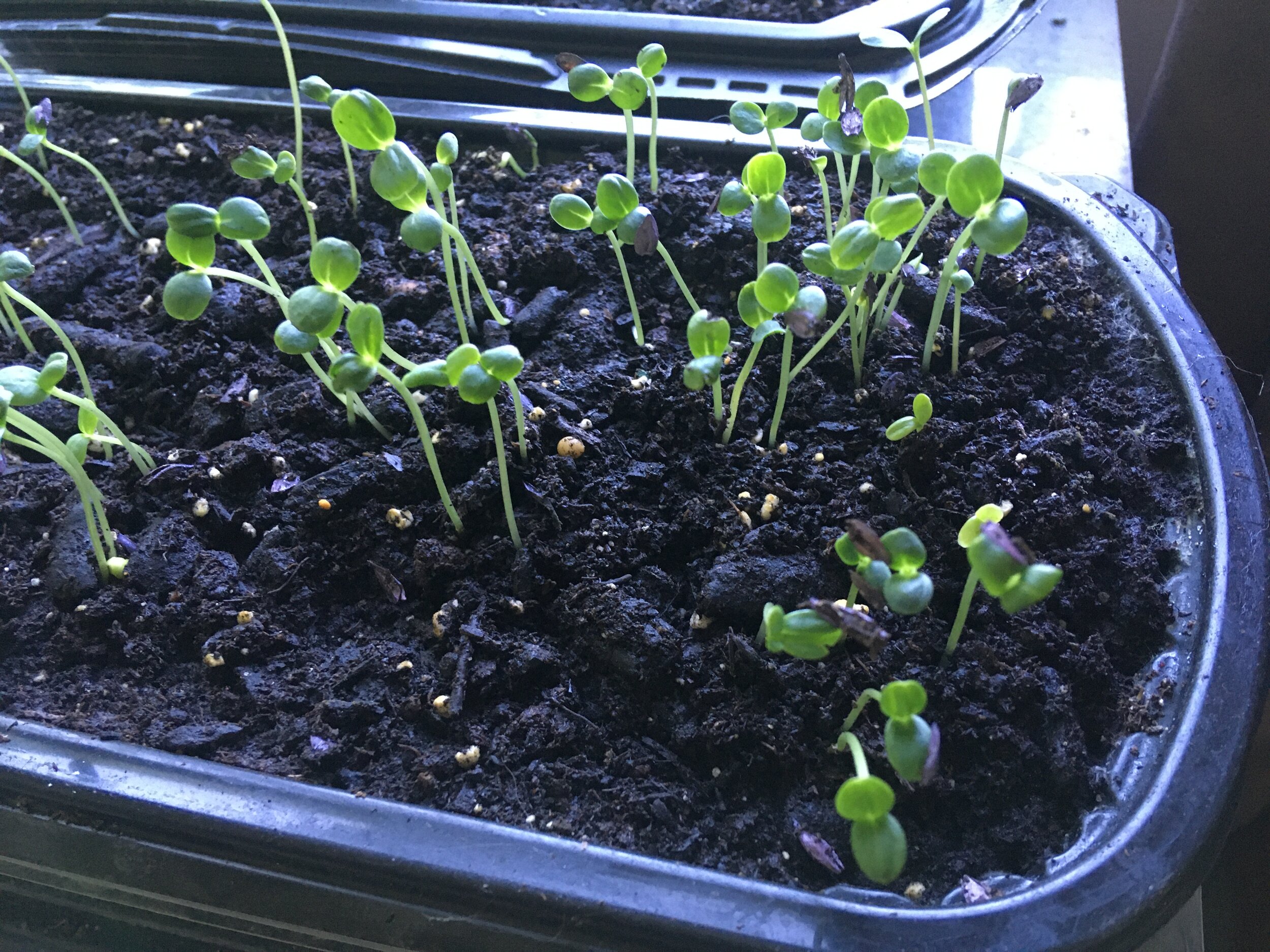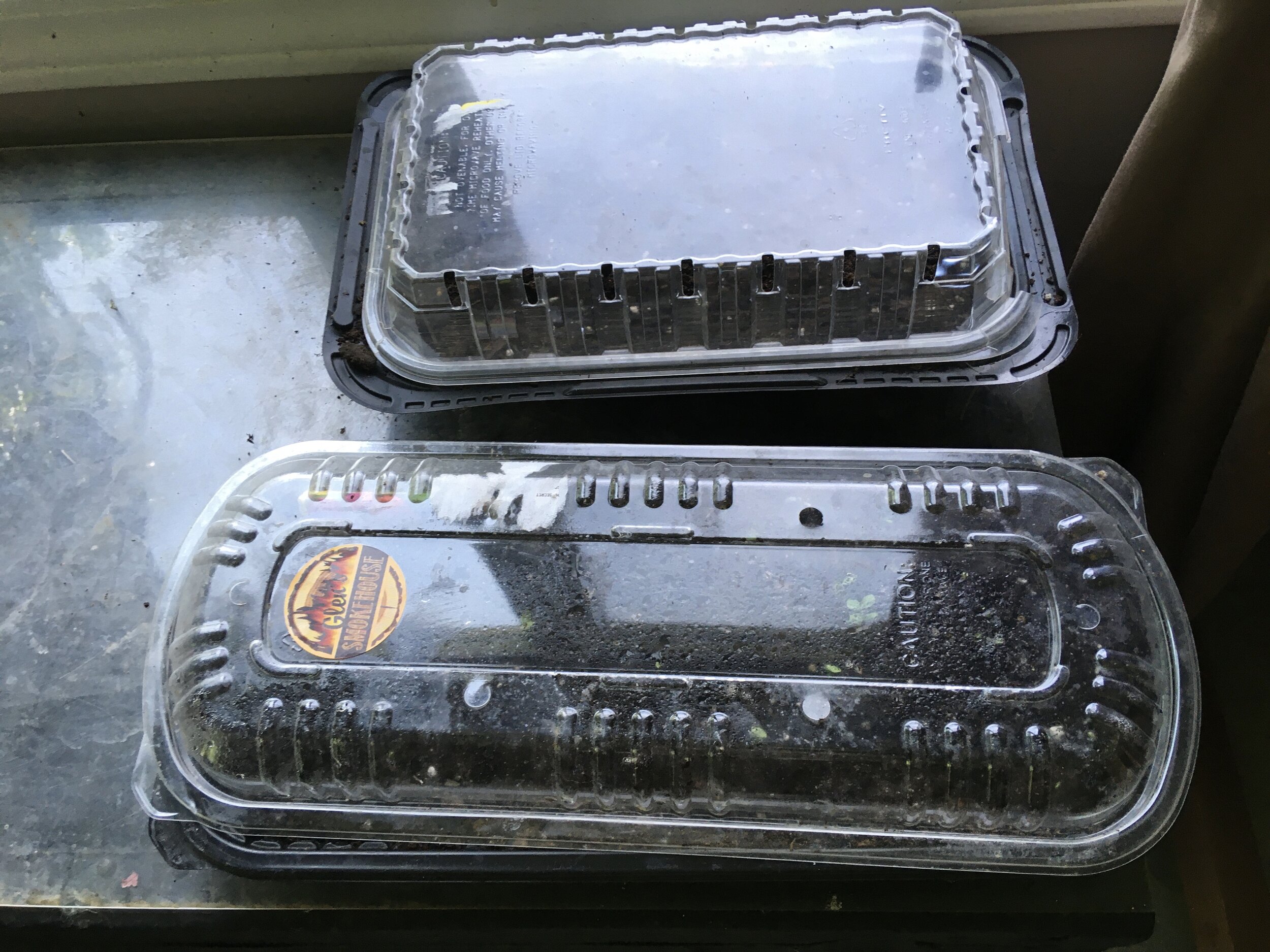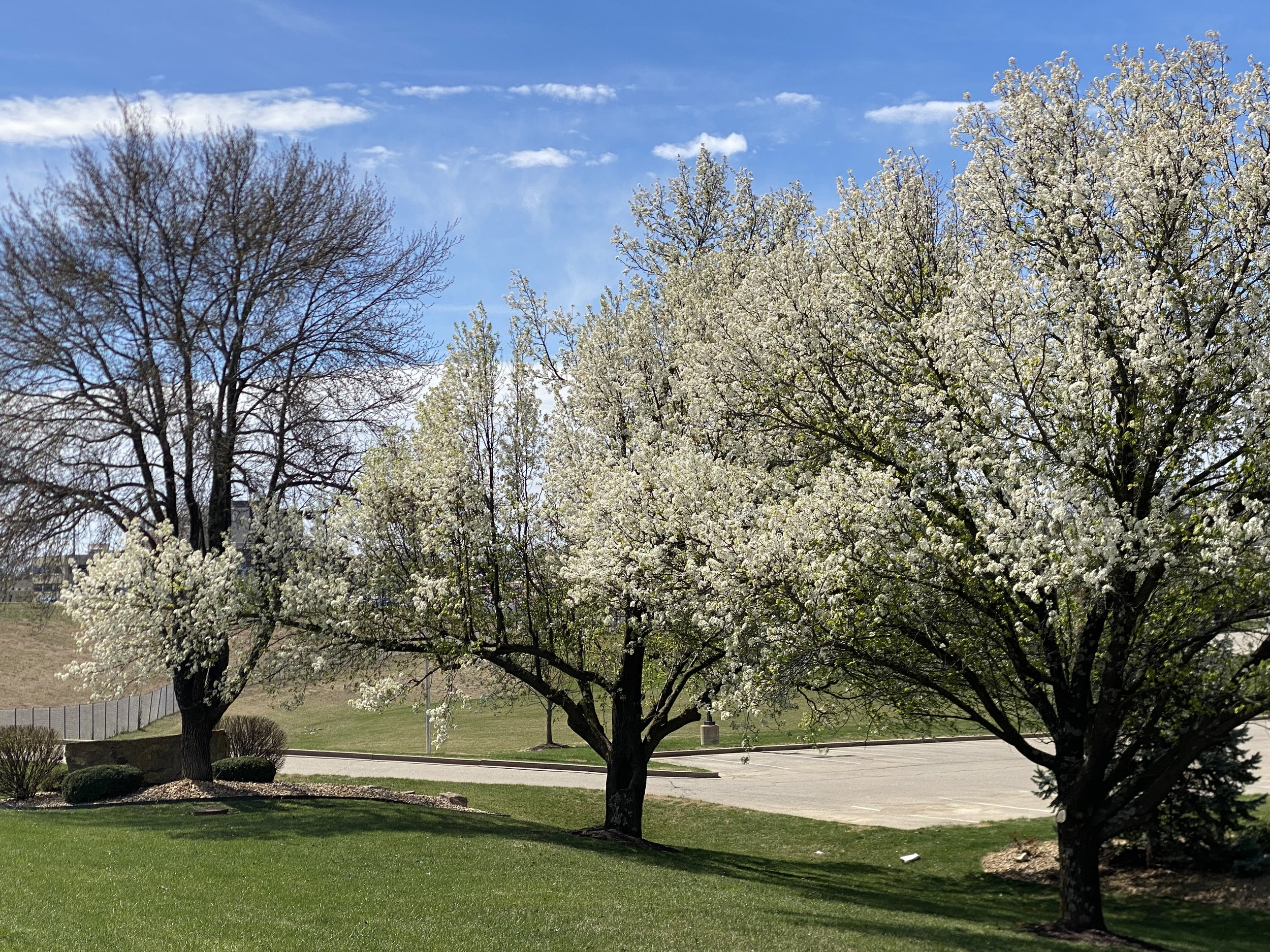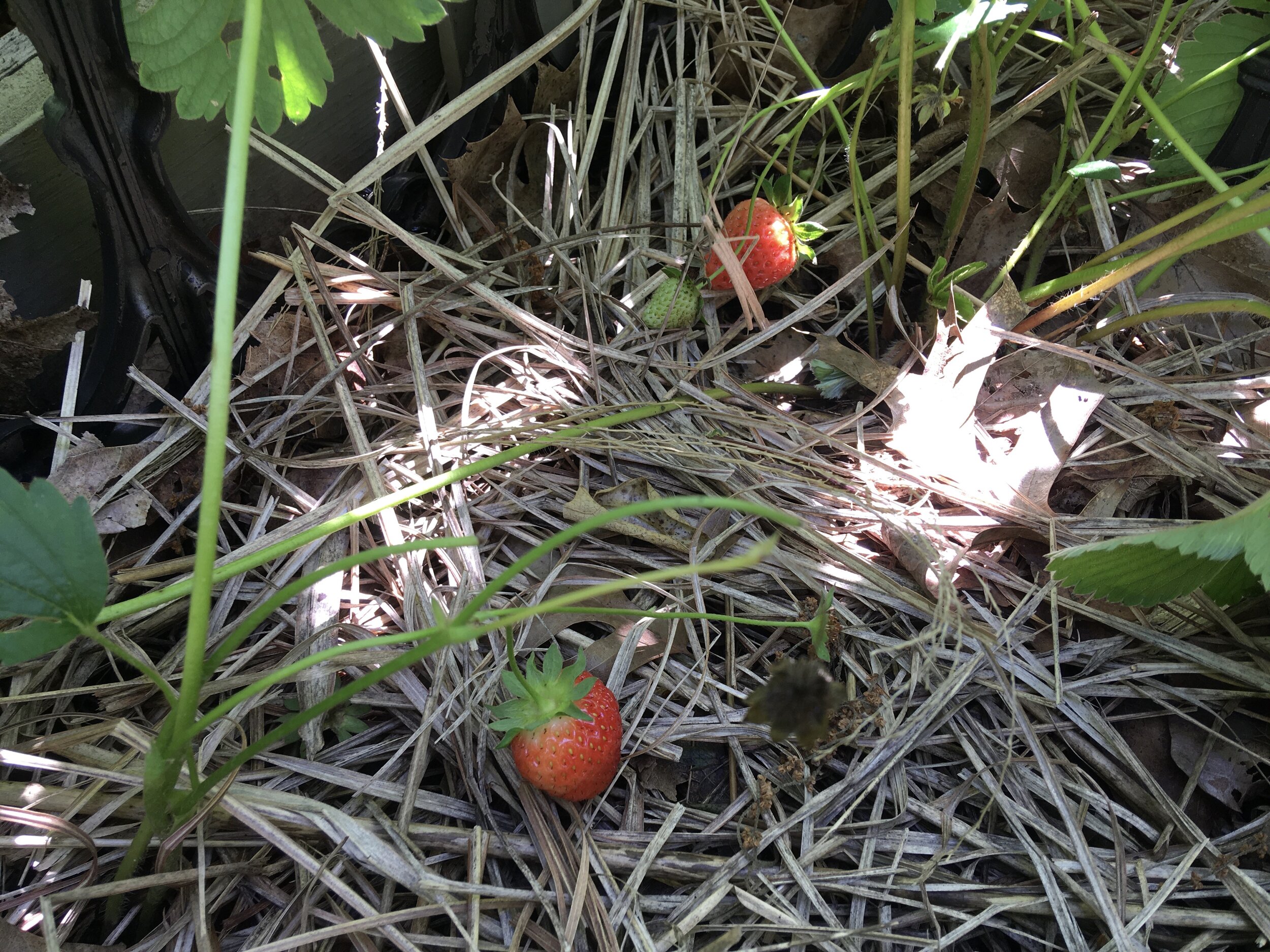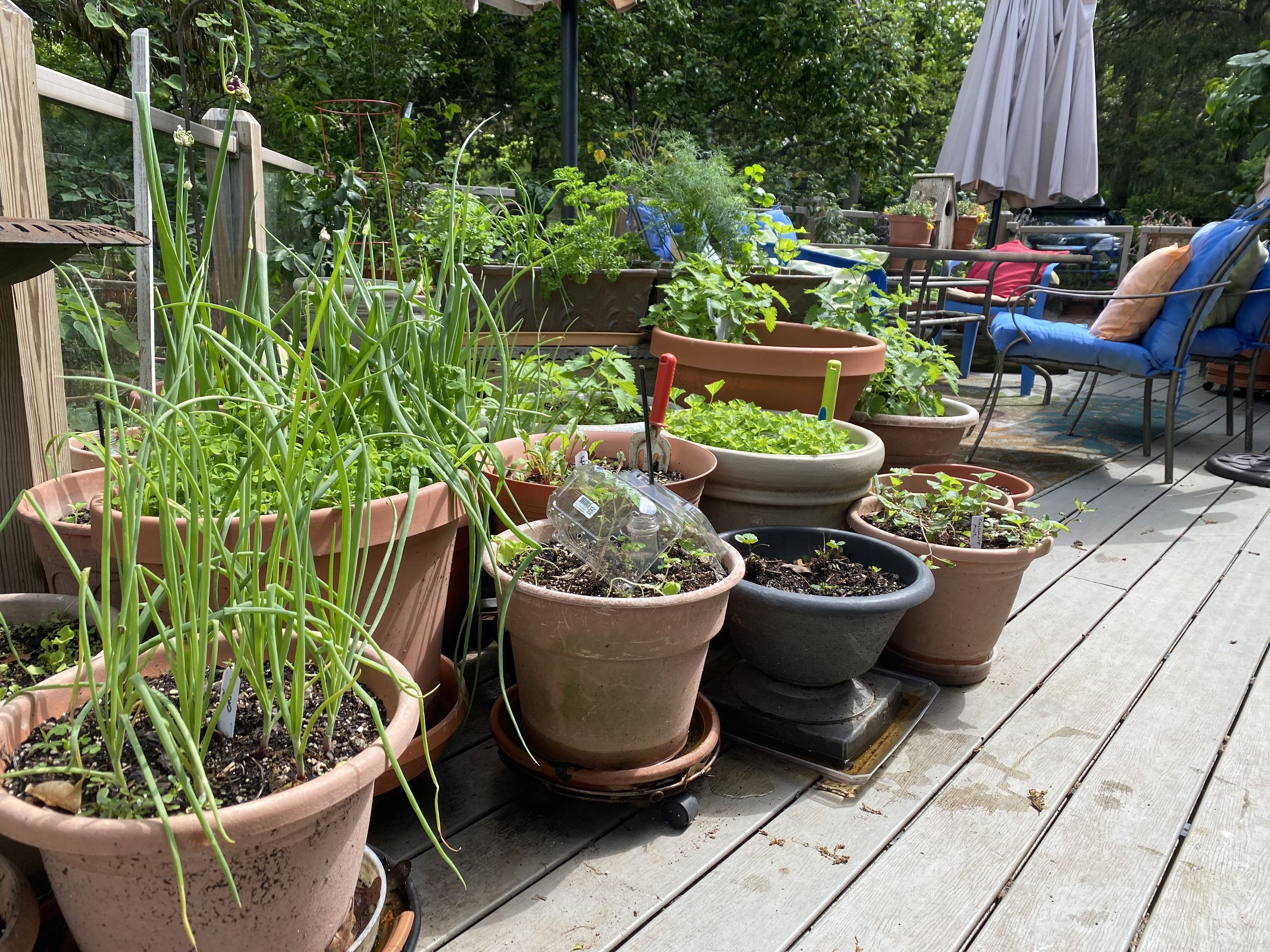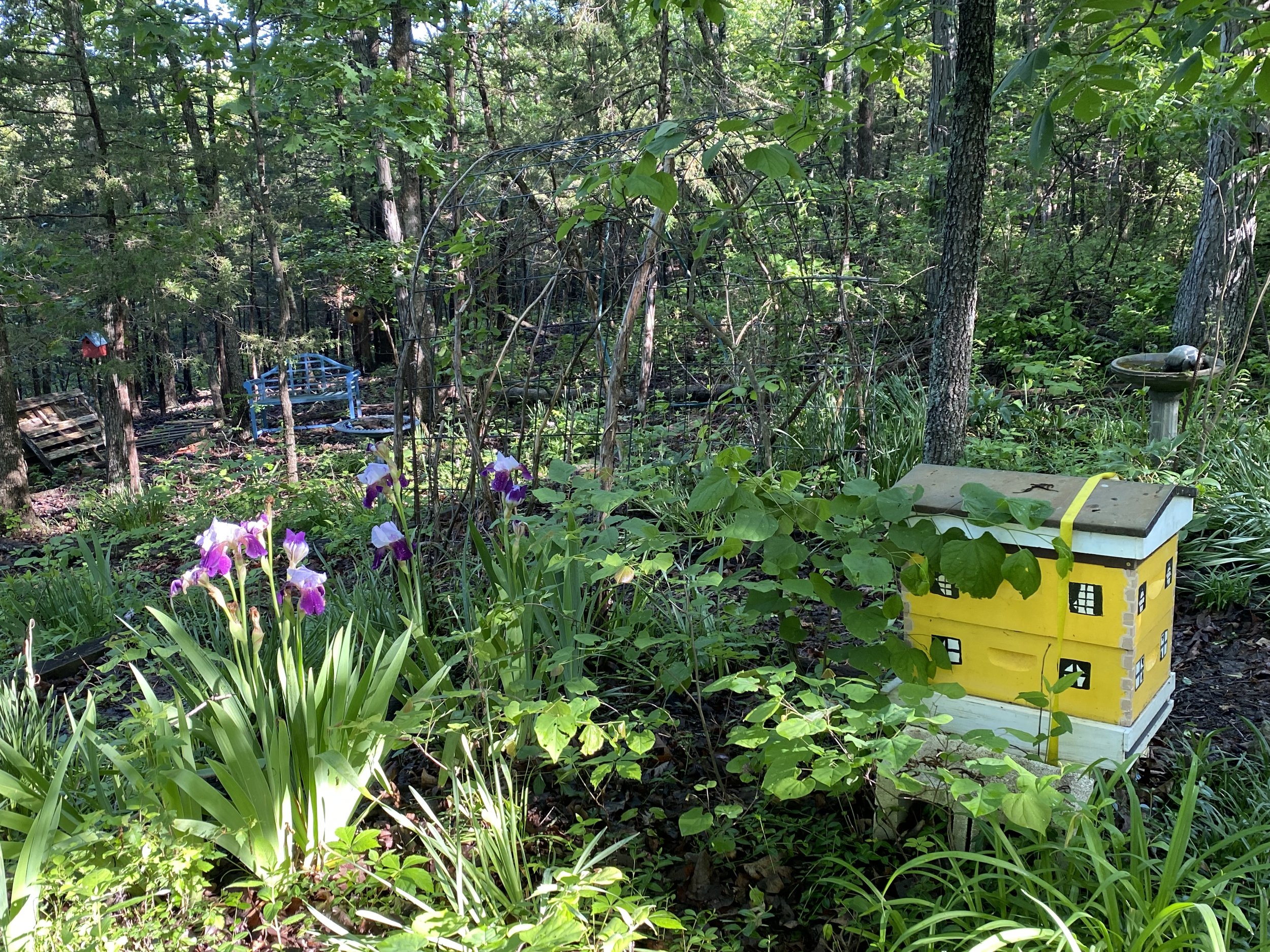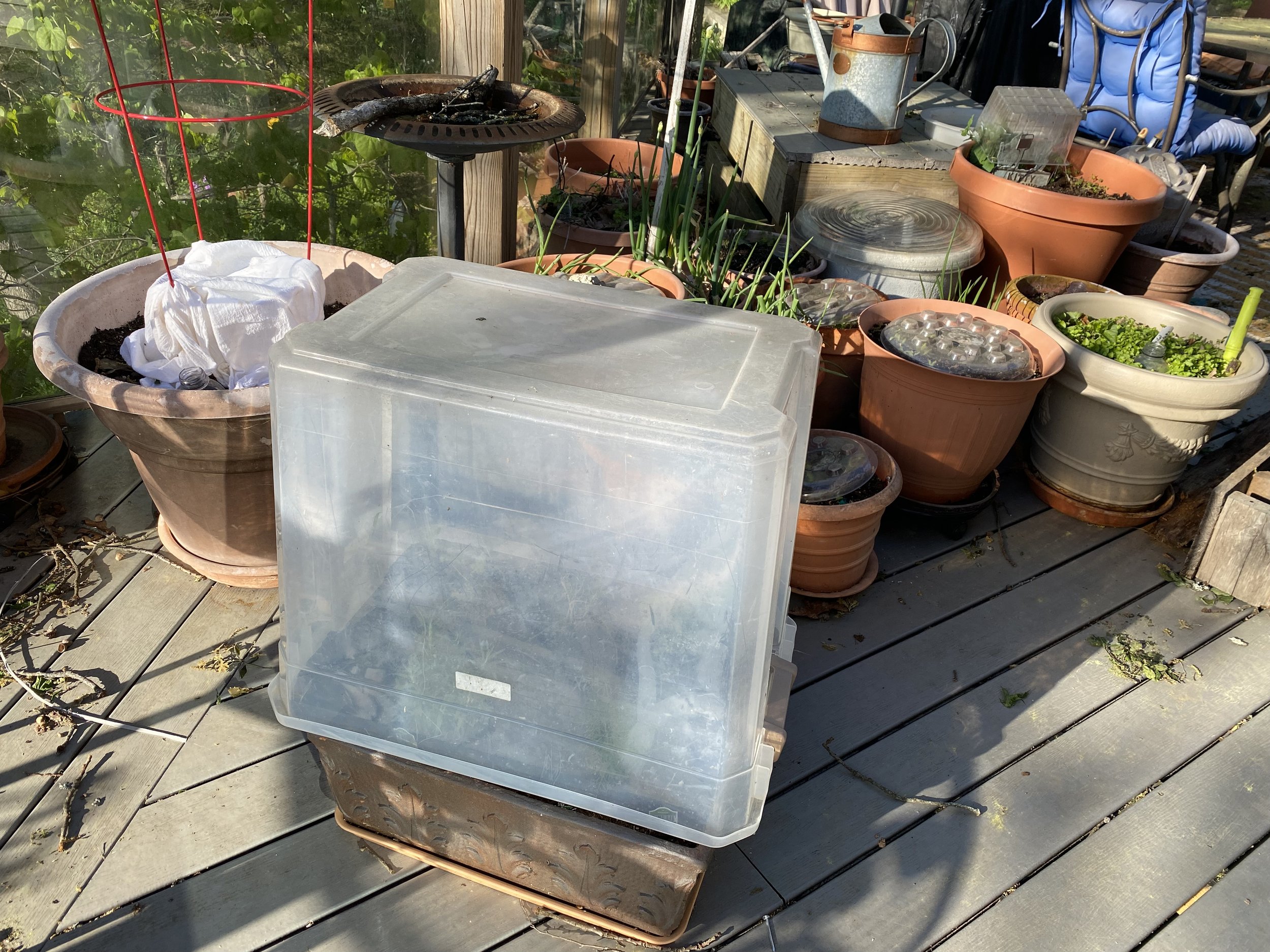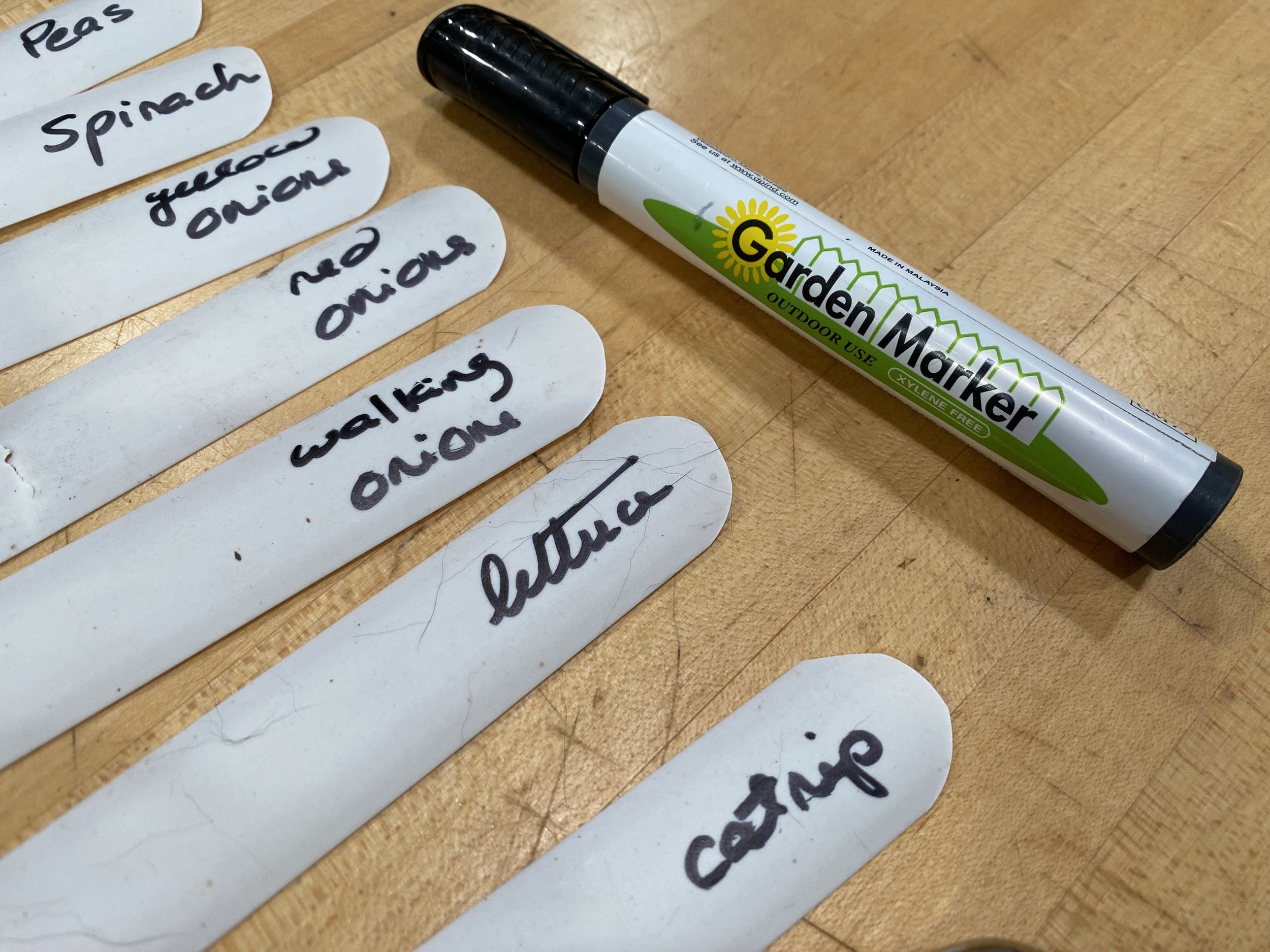Are All Fall Bulbs Good
/“Charlotte I see spring-flowering bulbs on sale this time of year, are all fall bulbs good to plant?” - Samantha
Are All Fall Bulbs Good?
Green growth is a sure sign this surprise lily bulb is still alive. (Photo by Charlotte Ekker Wiggins)
Hi Samantha, not necessarily. Some bulbs may look dead when they are just dormant; others may have dried up and will never bloom again.
First check that the bulb feels firm. Mushy, empty bulbs are dead and won’t grow again. You can gently feel most bulbs through the packaging.
Secondly, check the tips. Bulbs that are still healthy and ready to grow may have a little green tip showing at the bulb top. You may also see tiny roots springing from the bottom of the bulb.
Finally check the season they are supposed to grow. Some bulbs are annuals and only grown one season.
If you see any of these signs of life, definitely pick them up and get them in the ground as soon as you can. many spring-blooming bulbs need exposure to cold for at least 8 weeks before they will bloom such as tulips and daffodils.
If you can’t plant them, consider potting them and storing in a refrigerator for the 8 or 12 weeks they need. Then you can pull the pots out and let the bulbs grow in the pots. Once they are done, you can move the bulbs back into your garden.

